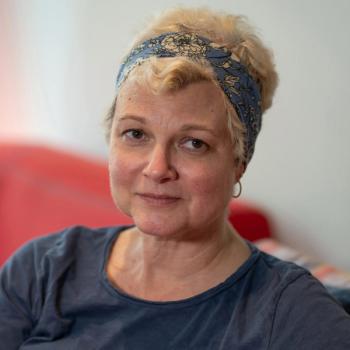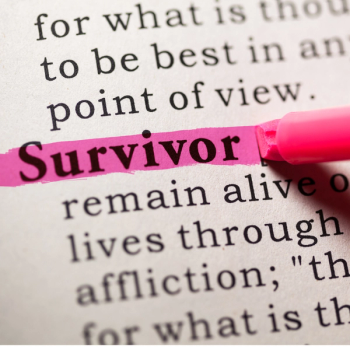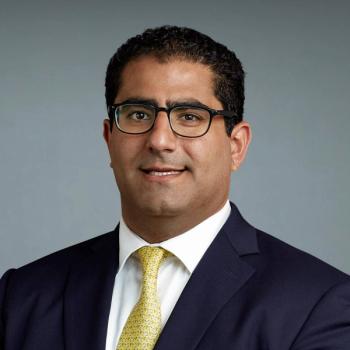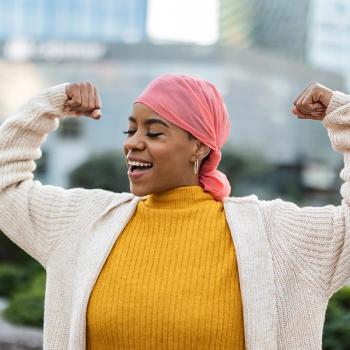
- 2021 Rare Cancers Special Issue
- Volume 9
The Power of Human Connection in Cancer
Now that things are slowly getting back to normal as more people become vaccinated, we welcome back the idea with open arms of in-person connections. But there’s still one population that needs more human connection: those with a rare cancer.
IF THERE’S ONE THING we learned throughout the COVID-19 pandemic, it is the importance of the human connection, whether from a distance or even online. Now that things are slowly getting back to normal as more people become vaccinated, we welcome back the idea with open arms of in-person connections. But there’s still one population that needs more human connection: those with a rare cancer.
For patients in these smaller populations, it can be difficult to find and connect with fellow patients who have received a similar diagnosis and know the hard- ships that come with treatment. Many connect with others online, whether it be through social media or a blog, and some gravitate toward research, absorbing as much knowledge as possible to better understand the diagnosis.
Throughout this special issue of CURE®, the theme of connection is recurrent. Steve Kelley, who received a diagnosis of central nervous system lymphoma at
63 years old, had trouble finding anyone with the same diagnosis. His solution? He wrote a book, “Cancer R.I.P.: The Ultimate Fight,” and through it, he’s hoping to connect with others who might feel the same way. In our interview with Kelley, we take a deeper dive into his book as well as his positive outlook on life.
We also spoke with Nicole Body, who was diagnosed with stage 3 undifferentiated pleomorphic sarcoma after doctors found a tumor during a surgery to remove her gallbladder. Today, she is living cancer free and spreading her story of faith and hope as a women’s pastor in Florida. Both Kelley and Body offer inspiration and examples of finding connection after receiving a rare cancer diagnosis.
Because all the cancers you’ll read about in this special issue of CURE® are rare, another theme within is information, or rather the lack thereof. We spoke with Arianne Missimer, who received a diagnosis of
Of the 1.9 million people who received a cancer diagnosis in 2020, less than 1% received a diagnosis of sarcoma. Although research is ongoing in this area,
clinical trials for rare cancers occur more slowly than for other cancer types because there simply aren’t as many patients to enroll. Another patient we spoke with, who received a lobular breast cancer diagnosis at age 32 and then also tested positive for a mutation in the CDH1 gene, enrolled herself in a clinical trial that focused on the best ways to screen for and treat the disease risks that come with this mutation. Through the trial, she was able to help increase the knowledge base around this rare subgroup of patients with the rare disease — proving how important participation is to advance treatments for rare cancers.
Also in this issue, we look into the development of
For more news on cancer updates, research and education, don’t forget to
Articles in this issue
over 4 years ago
Staying Aware of Gastric Cancer Risk Factors in Young Adultsover 4 years ago
Never Back Down: Lymphoma Survivor Stays Positiveover 4 years ago
Exploring Potential Treatment Options for Rare Cancersover 4 years ago
Life With von Hippel-Lindau Diseaseover 4 years ago
Navigating the Unknown of Rare Cancersover 4 years ago
Keeping Faith After a Sarcoma Diagnosisover 4 years ago
Training for a Marathon: Managing Health After an MPN Diagnosisover 4 years ago
Novel App Informs Patients With Cancer of Unknown Primary




